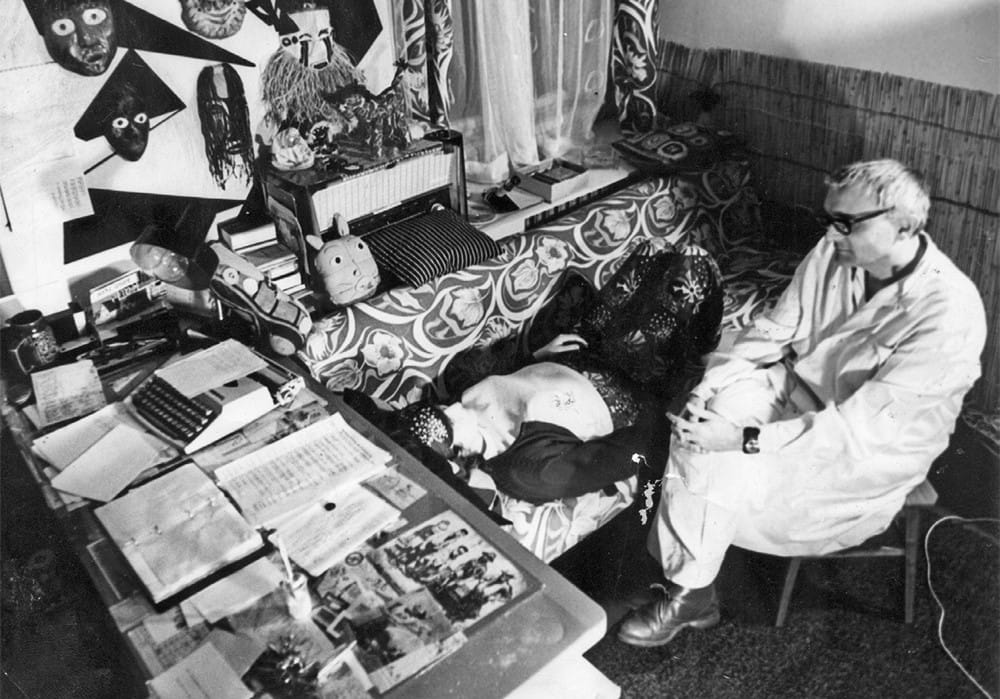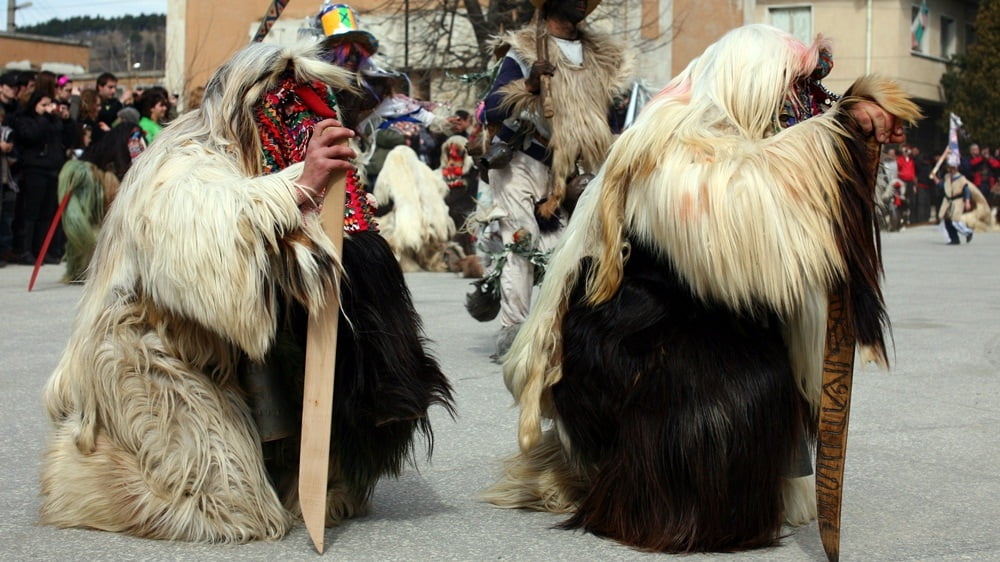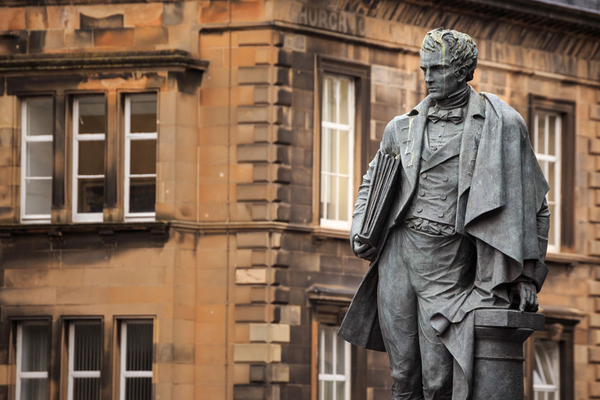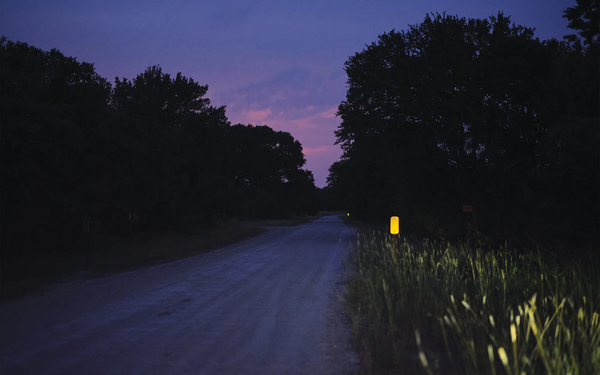The history of LSD therapy behind the Iron Curtain

From the MIT Press: "One of the most unusual chapters in psychiatry behind the Iron Curtain concerns the use of LSD psychotherapy in 1960s Czechoslovakia. Until recently, this period was known mainly through the work of Stanislav Grof, who practiced at Prague’s Psychiatric Research Institute, moved to the U.S. in 1967, and is today celebrated as one of the founders of transpersonal psychology. But dozens of other Czech psychiatrists also used LSD in psychotherapy, and the most dedicated and outspoken of them was Hausner, who supervised more than 3,000 LSD sessions, published research in more than 100 articles and books, and yet remains largely unknown, even in his homeland."
Archeologists have found a vast network of cities hidden under the Amazon jungle

From the BBC: "Using airborne laser-scanning technology, Rostain and his colleagues discovered a long-lost network of cities extending across 300 sq km in the Amazon, complete with plazas, ceremonial sites, drainage canals and roads that were built 2,500 years ago and remained hidden for thousands of years. They also identified more than 6,000 rectangular earthen platforms believed to be homes and communal buildings in 15 urban centres surrounded by agricultural fields. Most of what we think we know about the Amazon is wrong, says Rostain. "This forces us to rethink the entire human past of the Amazon."
This Bulgarian spring tradition involves dancing to chase off evil spirits

From The New Yorker: "Hulking figures with tall, cylindrical heads stand motionless, almost brushing against the ceiling. They are covered all over with hair that seems too long to be called fur, and they look as if they’re waiting—for what, we’re not sure. In the shots that follow, we see more of these beings: gathered in a structure that resembles a spaceship made of stone; standing in the snow, staring back at us. This is known as Kukeri – every year, as winter gives way to spring, men in Bulgarian villages don giant costumes and dance together, whirling and clanging bells to chase off unfriendly spirits and welcome a fruitful year."
Editor's note: If you like this newsletter, please share it with someone else. And if you really like it, perhaps you could subscribe, or contribute something via my Patreon. Thanks for being a reader!
Sherpas climb Mount Everest for a living, but many don't want their kids to do it

From The Economist: "Furi Sherpa, a 40-year-old guide who has taken clients up the Himalayas twice a year for the past 15 years, admitted that “Sherpas don’t usually climb Everest for fun. Almost all are climbing for money.” Furi only became a high-altitude mountain worker so he could raise his two children in the capital. “As a parent, well, I’m ok if they climb Everest once or twice. Not professionally.” He shrugged. “I have to do it, it’s my job. But I don’t want my kids to do it. All Sherpa parents want their kids to do something else.”Almost all the Sherpa climbers I spoke to felt that the most pressing danger to their profession was the effect of climate change on the Himalayas. Ultimately, “the Sherpa way of life is weather-dependent,” explained Tenzing Chogyal Sherpa."
Moths aren't actually attracted by lights, they are confused by them

From The Guardian: "We often talk of compulsion as being drawn like a moth to a flame, but the science of why insects gather around lights has never been nailed down. Popular theories propose that moths navigate by the moon and mistake lamps for moonlight, or that the insects fly towards light to escape imminent danger. Now researchers believe they have a more compelling answer: rather than being attracted to light at night, moths and other flying insects become trapped in their glow. Moths and other insects that fly at night evolved to tilt their back to wherever is brightest, to ensure that they flew right side up."
The giant sandstone Guardians of Traffic stand watch over Cleveland

From Bloomberg: "In the late 19th century, Cleveland was an emerging U.S. transportation and industrial hub. Not only was it the birthplace of Rockefeller's Standard Oil Company, it was also home to a number of early automobile manufacturers. The Guardians of Traffic are a combination of stylized classicism with Art Deco details, each standing 43 feet tall and hewn out of local sandstone. The eight Guardians are depicted as muscular winged men, wearing either helmets or laurel crowns, both of which also have wings. In the 1980s, workers used 4,000 pounds of black walnut shells to scrub the sculptures, and the bridge was renamed the Hope Memorial Bridge, in honor of entertainer Bob Hope’s father, who worked on the Guardians as a stone carver."
Otto the octopus shot jets of water at a light that bothered him
How an octopus named Otto caused an aquarium power outage by climbing to the edge of his tank and shooting a jet of water at a bright light that was annoying him.
— Massimo (@Rainmaker1973) February 8, 2024
The staff believed that the octopus called Otto had been annoyed by the bright light shining into his aquarium and… pic.twitter.com/yNGQ94uqk7
Acknowledgements: I find a lot of these links myself, but I also get some from other newsletters that I rely on as "serendipty engines," such as The Morning News from Rosecrans Baldwin and Andrew Womack, Jodi Ettenberg's Curious About Everything, Dan Lewis's Now I Know, Robert Cottrell and Caroline Crampton's The Browser, Clive Thompson's Linkfest, Noah Brier and Colin Nagy's Why Is This Interesting, Maria Popova's The Marginalian, Sheehan Quirke AKA The Cultural Tutor, the Smithsonian magazine, and JSTOR Daily. If you come across something interesting that you think should be included here, please feel free to email me.



